Water Desalination & RO
Solar Energy To Optimize The Cost Of RO Desalination Plant
Views : 7
Solar Energy To Optimize The Cost Of RO Desalination Plant
Prepared By: Hussam A. Al-Borsh
Usually dispatched in 2 to 3 days
Usually dispatched in 2 to 3 days
Category:
Water Desalination & RO
Seawater desalination by reverse osmosis (SWRO) is currently considered as one of the most widely used and reliable technology in providing additional water supply for areas suffering from water scarcity. High energy consumption of the Reverse Osmosis plants is one of the biggest challenges, particularly in developing countries such as Palestine. The future demand for fresh water and thus, energy, triggers researchers to find methods to integrate the use of renewable energy for the desalination process.
Only logged in customers who have purchased this product may leave a review.
Related books
Chemical Cleaning Effects On Properties And Separation Efciency Of An RO Membrane
Abstract: This study aims to investigate the impacts of chemical cleaning on the performance of a reverse osmosis
membrane. Chemicals used for simulating membrane cleaning include a surfactant (sodium dodecyl sulfate, SDS), a
chelating agent (ethylenediaminetetraacetic acid, EDTA), and two proprietary cleaning formulations namely MC3
and MC11. The impact of sequential exposure to multiple membrane cleaning solutions was also examined. Water
permeability and the rejection of boron and sodium were investigated under various water fluxes, temperatures and
feedwater pH. Changes in the membrane performance were systematically explained based on the changes in the
charge density, hydrophobicity and chemical structure of the membrane surface. The experimental results show that
membrane cleaning can significantly alter the hydrophobicity and water permeability of the membrane; however, its
impacts on the rejections of boron and sodium are marginal. Although the presence of surfactant or chelating agent
may cause decreases in the rejection, solution pH is the key factor responsible for the loss of membrane separation
and changes in the surface properties. The impact of solution pH on the water permeability can be reversed by
applying a subsequent cleaning with the opposite pH condition. Nevertheless, the impacts of solution pH on boron
and sodium rejections are irreversible in most cases
Chemical Cleaning Effects On Properties And Separation Efciency Of An RO Membrane
Abstract: This study aims to investigate the impacts of chemical cleaning on the performance of a reverse osmosis
membrane. Chemicals used for simulating membrane cleaning include a surfactant (sodium dodecyl sulfate, SDS), a
chelating agent (ethylenediaminetetraacetic acid, EDTA), and two proprietary cleaning formulations namely MC3
and MC11. The impact of sequential exposure to multiple membrane cleaning solutions was also examined. Water
permeability and the rejection of boron and sodium were investigated under various water fluxes, temperatures and
feedwater pH. Changes in the membrane performance were systematically explained based on the changes in the
charge density, hydrophobicity and chemical structure of the membrane surface. The experimental results show that
membrane cleaning can significantly alter the hydrophobicity and water permeability of the membrane; however, its
impacts on the rejections of boron and sodium are marginal. Although the presence of surfactant or chelating agent
may cause decreases in the rejection, solution pH is the key factor responsible for the loss of membrane separation
and changes in the surface properties. The impact of solution pH on the water permeability can be reversed by
applying a subsequent cleaning with the opposite pH condition. Nevertheless, the impacts of solution pH on boron
and sodium rejections are irreversible in most cases
Cleaning Your RO
Eventually the day comes when your RO system will require cleaning. Cleaning is recommended when your RO shows evidence of fouling, just prior to a long term shutdown, or as a matter of scheduled routine maintenance. Fouling characteristics that signal you need to clean are a 10-15% decrease in normalized permeate flow, a 10-15% decrease in normalized permeate quality, or a 10-15% increase in normalized pressure drop as measured between the feed and concentrate headers
Cleaning Your RO
Eventually the day comes when your RO system will require cleaning. Cleaning is recommended when your RO shows evidence of fouling, just prior to a long term shutdown, or as a matter of scheduled routine maintenance. Fouling characteristics that signal you need to clean are a 10-15% decrease in normalized permeate flow, a 10-15% decrease in normalized permeate quality, or a 10-15% increase in normalized pressure drop as measured between the feed and concentrate headers
Desalination: A National Perspective
NOTICE:
The project that is the subject of this report was approved by the Governing Board of the National Research Council, whose members are drawn from the councils of the National Academy of Sciences, the National Academy of Engineering, and the Institute of Medicine. The members of the panel responsible for the report were chosen for their special competences and with regard for appropriate balance.
Support for this study was provided by the U.S. Bureau of Reclamation under Grant No. 06CS811198. Any opinions, findings, conclusions, or recommendations expressed in this publication are those of the author(s) and do not necessarily reflect the views of the organizations or agencies that provided
support for the project.
Desalination: A National Perspective
NOTICE:
The project that is the subject of this report was approved by the Governing Board of the National Research Council, whose members are drawn from the councils of the National Academy of Sciences, the National Academy of Engineering, and the Institute of Medicine. The members of the panel responsible for the report were chosen for their special competences and with regard for appropriate balance.
Support for this study was provided by the U.S. Bureau of Reclamation under Grant No. 06CS811198. Any opinions, findings, conclusions, or recommendations expressed in this publication are those of the author(s) and do not necessarily reflect the views of the organizations or agencies that provided
support for the project.
Concentrating Solar Power For Seawater Desalination
Introduction:
The general perception of “solar desalination” today comprises only small scale technologies for decentralized water supply in remote places, which may be quite important for the development of rural areas, but do not address the increasing water deficits of the quickly growing urban centers of demand. Conventional large scale desalination is perceived as expensive, energy consuming and limited to rich countries like those of the Arabian Gulf, especially in view of the quickly escalating cost of fossil fuels like oil, natural gas and coal. The environmental impacts of large scale desalination due to airborne emissions of pollutants from energy consumption and to the discharge of brine and chemical additives to the sea are increasingly considered as critical. For those reasons, most contemporary strategies against a “Global Water Crisis” consider seawater desalination only as a marginal element of supply. The focus of most recommendations lies on more efficient use of water, better accountability, re-use of waste water, enhanced distribution and advanced irrigation systems. To this adds the recommendation to reduce agriculture and rather import food from other places. On the other hand, most sources that do recommend seawater desalination as part of a solution to the water crisis usually propose nuclear fission and fusion as indispensable option.
Concentrating Solar Power For Seawater Desalination
Introduction:
The general perception of “solar desalination” today comprises only small scale technologies for decentralized water supply in remote places, which may be quite important for the development of rural areas, but do not address the increasing water deficits of the quickly growing urban centers of demand. Conventional large scale desalination is perceived as expensive, energy consuming and limited to rich countries like those of the Arabian Gulf, especially in view of the quickly escalating cost of fossil fuels like oil, natural gas and coal. The environmental impacts of large scale desalination due to airborne emissions of pollutants from energy consumption and to the discharge of brine and chemical additives to the sea are increasingly considered as critical. For those reasons, most contemporary strategies against a “Global Water Crisis” consider seawater desalination only as a marginal element of supply. The focus of most recommendations lies on more efficient use of water, better accountability, re-use of waste water, enhanced distribution and advanced irrigation systems. To this adds the recommendation to reduce agriculture and rather import food from other places. On the other hand, most sources that do recommend seawater desalination as part of a solution to the water crisis usually propose nuclear fission and fusion as indispensable option.
Advanced Reverse Osmosis System Design
Overview of Advanced RO Design
• RO system design guideline variables
• Drivers for RO system configuration selection
• Principles and benefits of RO array flux balancing
• Array selection criteria to achieve permeate quality target
• Energy recovery
Advanced Reverse Osmosis System Design
Overview of Advanced RO Design
• RO system design guideline variables
• Drivers for RO system configuration selection
• Principles and benefits of RO array flux balancing
• Array selection criteria to achieve permeate quality target
• Energy recovery
Desalination In Water Treatment And Sustainability
ABSTRACT:
The purpose of this Bachelor’s thesis was to introduce different desalination technologies in solving water scarcity in countries where access to safe drinking water is limited, due to increasing population growth, industrial activities and agriculture. This thesis covers and explains different desalination technologies in dealing with water problems in different countries and the best suitable methods. The thesis was commissioned by HAMK University of Applied Sciences.
The thesis also focuses on the Economic and Social Commission for West Asia (ESCWA) member countries were access to water is limited due to scanty rainfall and dry lands. Desalination technology has played a significant role in solving their water scarcity in the region leading to sustainable development. A case study of Taweelah power and desalination plant in Abu Dhabi was explained providing detailed information. As a conclusion, it can be stated that desalination in water treatment and sustainability is a significant factor in the world today, because the future of water supply requires adequate sustainability to be able to effectively supply and support the world’s increasing population. For the Taweelah power and desalination plant project, a suitable re-design of the intakes and outfall layout should be adjusted. The outfall can be an offshore pipeline instead of its location onshore.
Desalination In Water Treatment And Sustainability
ABSTRACT:
The purpose of this Bachelor’s thesis was to introduce different desalination technologies in solving water scarcity in countries where access to safe drinking water is limited, due to increasing population growth, industrial activities and agriculture. This thesis covers and explains different desalination technologies in dealing with water problems in different countries and the best suitable methods. The thesis was commissioned by HAMK University of Applied Sciences.
The thesis also focuses on the Economic and Social Commission for West Asia (ESCWA) member countries were access to water is limited due to scanty rainfall and dry lands. Desalination technology has played a significant role in solving their water scarcity in the region leading to sustainable development. A case study of Taweelah power and desalination plant in Abu Dhabi was explained providing detailed information. As a conclusion, it can be stated that desalination in water treatment and sustainability is a significant factor in the world today, because the future of water supply requires adequate sustainability to be able to effectively supply and support the world’s increasing population. For the Taweelah power and desalination plant project, a suitable re-design of the intakes and outfall layout should be adjusted. The outfall can be an offshore pipeline instead of its location onshore.
Assessment Of Best Available Technologies For Desalination In Rural/Local Areas
Introduction: The Sustainable Water Integrated Management (SWIM) is a European Union(EU)-funded Regional Technical
Assistance Program [1] that “aims at supporting water governance and mainstreaming by promoting sustainable
and equitable water resources management to become a prominent feature of national development policies and
strategies (agriculture, industry, tourism, etc).” [2]
Countries in the south of the Mediterranean are facing increasing water scarcity. This scarcity is driving the need
for augmenting conventional water supply with alternative water sources. Rural and remote areas are particularly
disadvantaged because such areas are often located far away from municipal water supply systems and
conventional water sources, and are often not connected to the electric power grid. There is good potential for
addressing the water scarcity problem in rural and remote areas through sustainable saline water desalination
technologies. Seawater and brackish water desalination are well-established industries comprising a wide variety
of available technologies with decades of accumulated experience. There are many advancements and evolution in
desalination technologies. The numerous technologies and processes available have different characteristics,
advantages and disadvantages that make each suitable for particular market segments or specific niches.
Moreover, much of the cumulative technology experience is related to large urban supply plants that are either
connected to the grid, or are themselves part of large power and desalination cogeneration plants. Rural and
remote areas have special requirements that influence the appropriate selection of technologies. These include
technical requirements related to small-scale application using renewable energy sources, ease of operation and
maintenance, and simple design; requirements dictated by geographical location; as well as socio-economic and
socio-cultural requirements related to the communities that are intended to operate and benefit from the
technology. Successful implementation and long term sustainability (operational and environmental sustainability)
of desalination projects for rural and remote locations requires that all the relevant requirements be identified and
addressed from the earliest stages of the project.
Assessment Of Best Available Technologies For Desalination In Rural/Local Areas
Introduction: The Sustainable Water Integrated Management (SWIM) is a European Union(EU)-funded Regional Technical
Assistance Program [1] that “aims at supporting water governance and mainstreaming by promoting sustainable
and equitable water resources management to become a prominent feature of national development policies and
strategies (agriculture, industry, tourism, etc).” [2]
Countries in the south of the Mediterranean are facing increasing water scarcity. This scarcity is driving the need
for augmenting conventional water supply with alternative water sources. Rural and remote areas are particularly
disadvantaged because such areas are often located far away from municipal water supply systems and
conventional water sources, and are often not connected to the electric power grid. There is good potential for
addressing the water scarcity problem in rural and remote areas through sustainable saline water desalination
technologies. Seawater and brackish water desalination are well-established industries comprising a wide variety
of available technologies with decades of accumulated experience. There are many advancements and evolution in
desalination technologies. The numerous technologies and processes available have different characteristics,
advantages and disadvantages that make each suitable for particular market segments or specific niches.
Moreover, much of the cumulative technology experience is related to large urban supply plants that are either
connected to the grid, or are themselves part of large power and desalination cogeneration plants. Rural and
remote areas have special requirements that influence the appropriate selection of technologies. These include
technical requirements related to small-scale application using renewable energy sources, ease of operation and
maintenance, and simple design; requirements dictated by geographical location; as well as socio-economic and
socio-cultural requirements related to the communities that are intended to operate and benefit from the
technology. Successful implementation and long term sustainability (operational and environmental sustainability)
of desalination projects for rural and remote locations requires that all the relevant requirements be identified and
addressed from the earliest stages of the project.
Desalination Plant Basis Of Design
Overview:
The project potable water requirements will be provided using single desalination plant with the Grand Bahama Port Authority water supply serving as the backup source. The overall desalination treatment process will consist of feedwater pumping, bag filtration, optional media filtration, the addition of a scale
inhibitor, cartridge filtration, membrane separation, forced air degasification, re-pumping, and post treatment. Provisions have been included to bypass the post treatment systems for the production of irrigation water. The post aeration re-pump station will be designed to transfer either type of water to the
appropriate storage tanks located within the project. Membrane concentrate will be disposed via an injection well to be constructed as part of this project.
The desalination process will consist of a dual treatment units or “trains” each equipped with a positive displacement axial piston first pass membrane feed pump, first pass membrane array, energy recovery system, second pass membrane feed pump, second pass membrane array, high- and low-pressure
piping and instrumentation. The second pass system is designed to treat up to 60 percent of the first pass permeate. A membrane cleaning/flush system will be provided. The membrane post treatment will be designed to receive the flow from both units and consists of a forced air degasified, repumping, recarbonation, calcium carbonate up flow contactors to boost finished water hardness and alkalinity concentrations; and three chemical feed systems for the metering of a corrosion inhibitor, dilute hydrochloric acid for pH adjustment and sodium hypochlorite for residual disinfection. The final pH and chlorine residual will be controlled and recorded by a separate system. The following sections describe the various aspects of the facility in greater detail. Process flow
schematics are presented in Appendix A.
Desalination Plant Basis Of Design
Overview:
The project potable water requirements will be provided using single desalination plant with the Grand Bahama Port Authority water supply serving as the backup source. The overall desalination treatment process will consist of feedwater pumping, bag filtration, optional media filtration, the addition of a scale
inhibitor, cartridge filtration, membrane separation, forced air degasification, re-pumping, and post treatment. Provisions have been included to bypass the post treatment systems for the production of irrigation water. The post aeration re-pump station will be designed to transfer either type of water to the
appropriate storage tanks located within the project. Membrane concentrate will be disposed via an injection well to be constructed as part of this project.
The desalination process will consist of a dual treatment units or “trains” each equipped with a positive displacement axial piston first pass membrane feed pump, first pass membrane array, energy recovery system, second pass membrane feed pump, second pass membrane array, high- and low-pressure
piping and instrumentation. The second pass system is designed to treat up to 60 percent of the first pass permeate. A membrane cleaning/flush system will be provided. The membrane post treatment will be designed to receive the flow from both units and consists of a forced air degasified, repumping, recarbonation, calcium carbonate up flow contactors to boost finished water hardness and alkalinity concentrations; and three chemical feed systems for the metering of a corrosion inhibitor, dilute hydrochloric acid for pH adjustment and sodium hypochlorite for residual disinfection. The final pH and chlorine residual will be controlled and recorded by a separate system. The following sections describe the various aspects of the facility in greater detail. Process flow
schematics are presented in Appendix A.
California Desalination Planning Handbook
Introduction:
Desalination is receiving increased attention as a means for addressing the water supply challenges of California. Growing population, much of which is located in semi-arid regions of the state, and various other water demands pose increased pressure on existing water supplies. Much of California’s water supply depends on snow accumulation in the winter, providing spring runoff that flls reservoirs and replenishes often depleted groundwater supplies. But in periods of drought, water supply shortages can be encountered throughout the state, particularly in the central valley and southern portion of the state. All indications suggest the impacts of global warming will include a change in the timing of runoff and less snowfall. This will put more pressure on existing supplies, and exacerbate the impacts of drought. As the implications of global warming become clearer, more emphasis will likely be given to developing
new sources of water supply to meet existing and projected demand. While conservation and recycling are recommended as the frst course of action, other alternatives (such as desalination and increased surface and groundwater storage) are receiving increased attention.
California Desalination Planning Handbook
Introduction:
Desalination is receiving increased attention as a means for addressing the water supply challenges of California. Growing population, much of which is located in semi-arid regions of the state, and various other water demands pose increased pressure on existing water supplies. Much of California’s water supply depends on snow accumulation in the winter, providing spring runoff that flls reservoirs and replenishes often depleted groundwater supplies. But in periods of drought, water supply shortages can be encountered throughout the state, particularly in the central valley and southern portion of the state. All indications suggest the impacts of global warming will include a change in the timing of runoff and less snowfall. This will put more pressure on existing supplies, and exacerbate the impacts of drought. As the implications of global warming become clearer, more emphasis will likely be given to developing
new sources of water supply to meet existing and projected demand. While conservation and recycling are recommended as the frst course of action, other alternatives (such as desalination and increased surface and groundwater storage) are receiving increased attention.

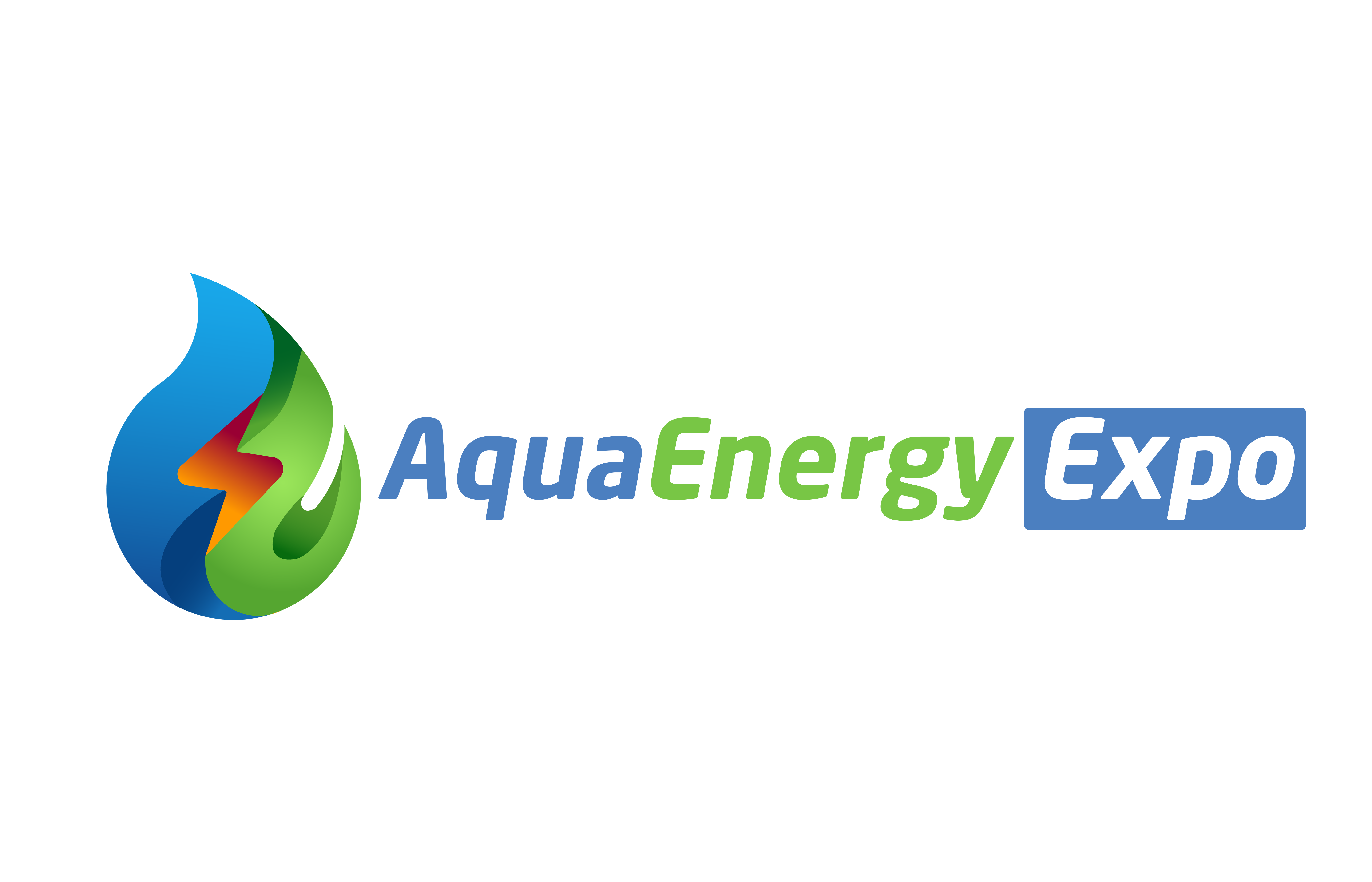
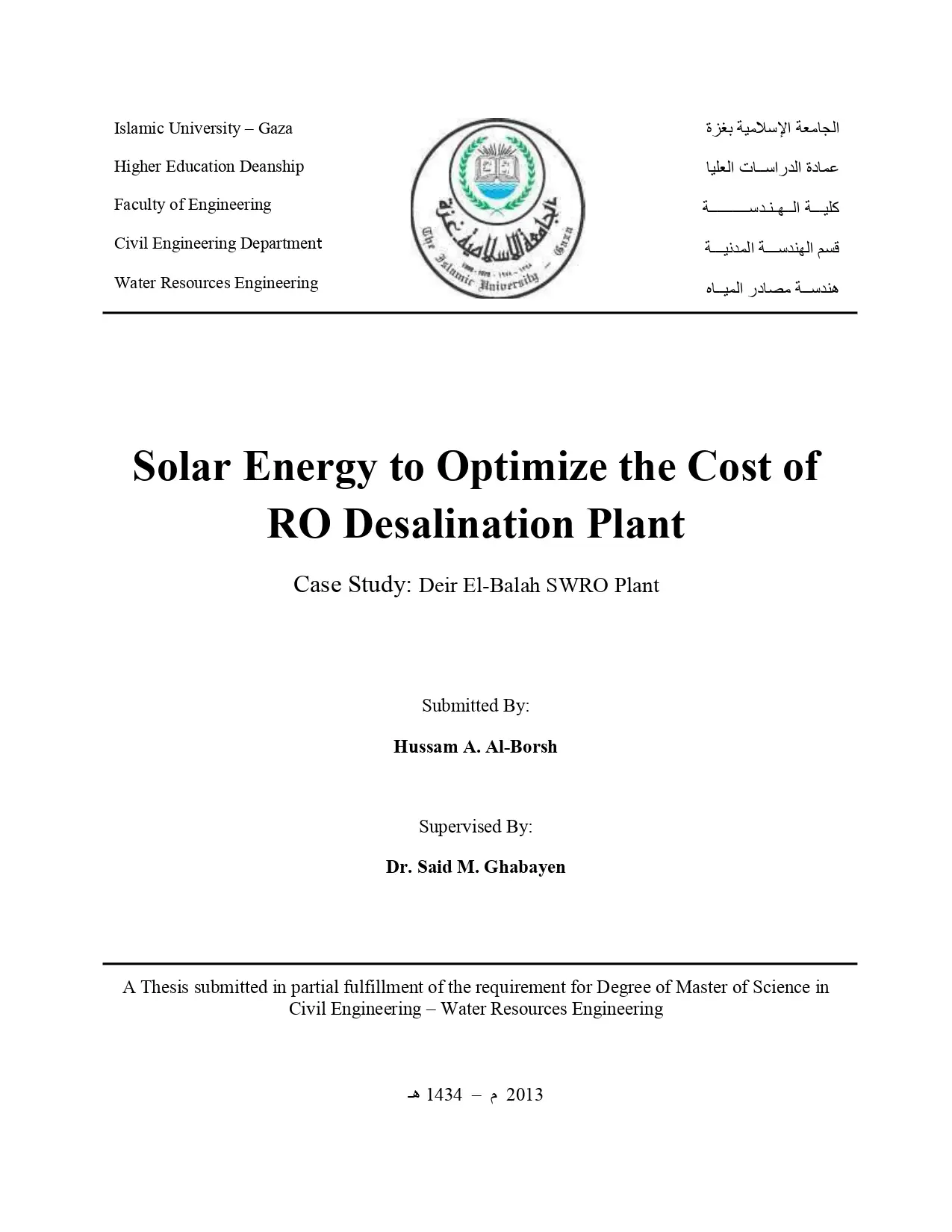
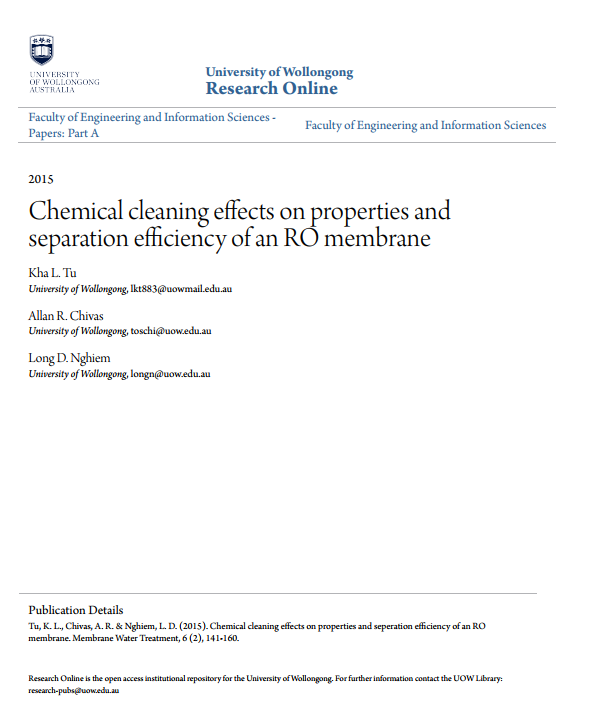

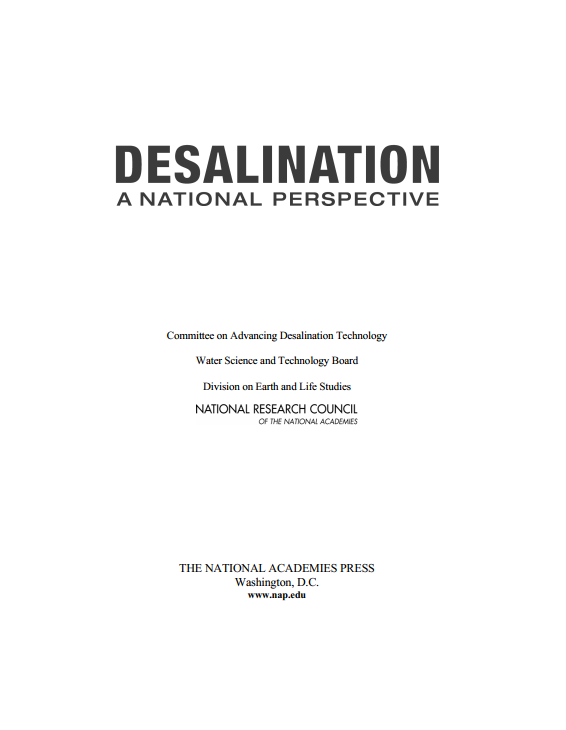
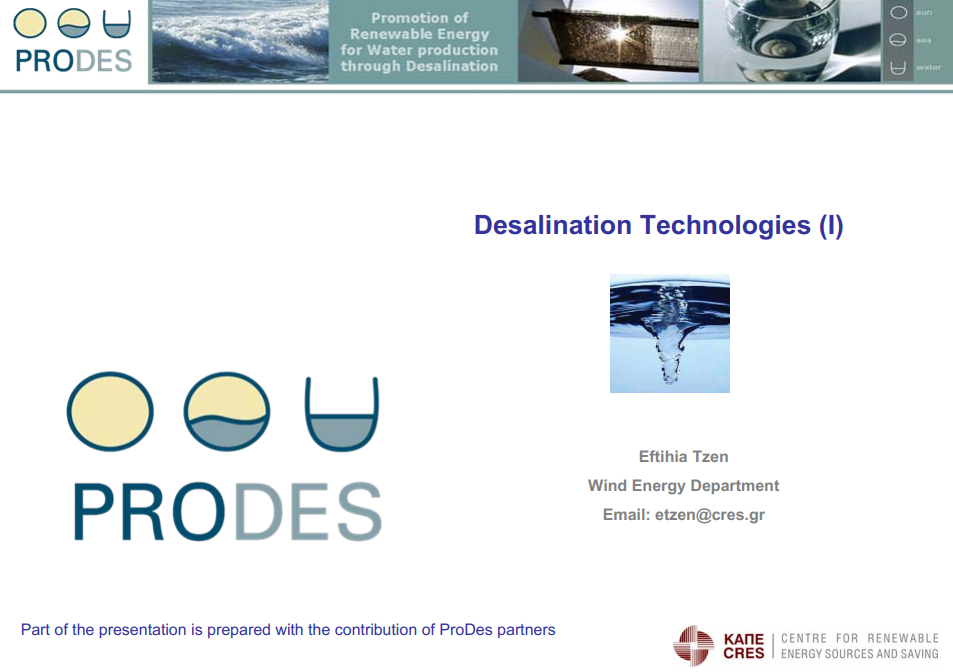


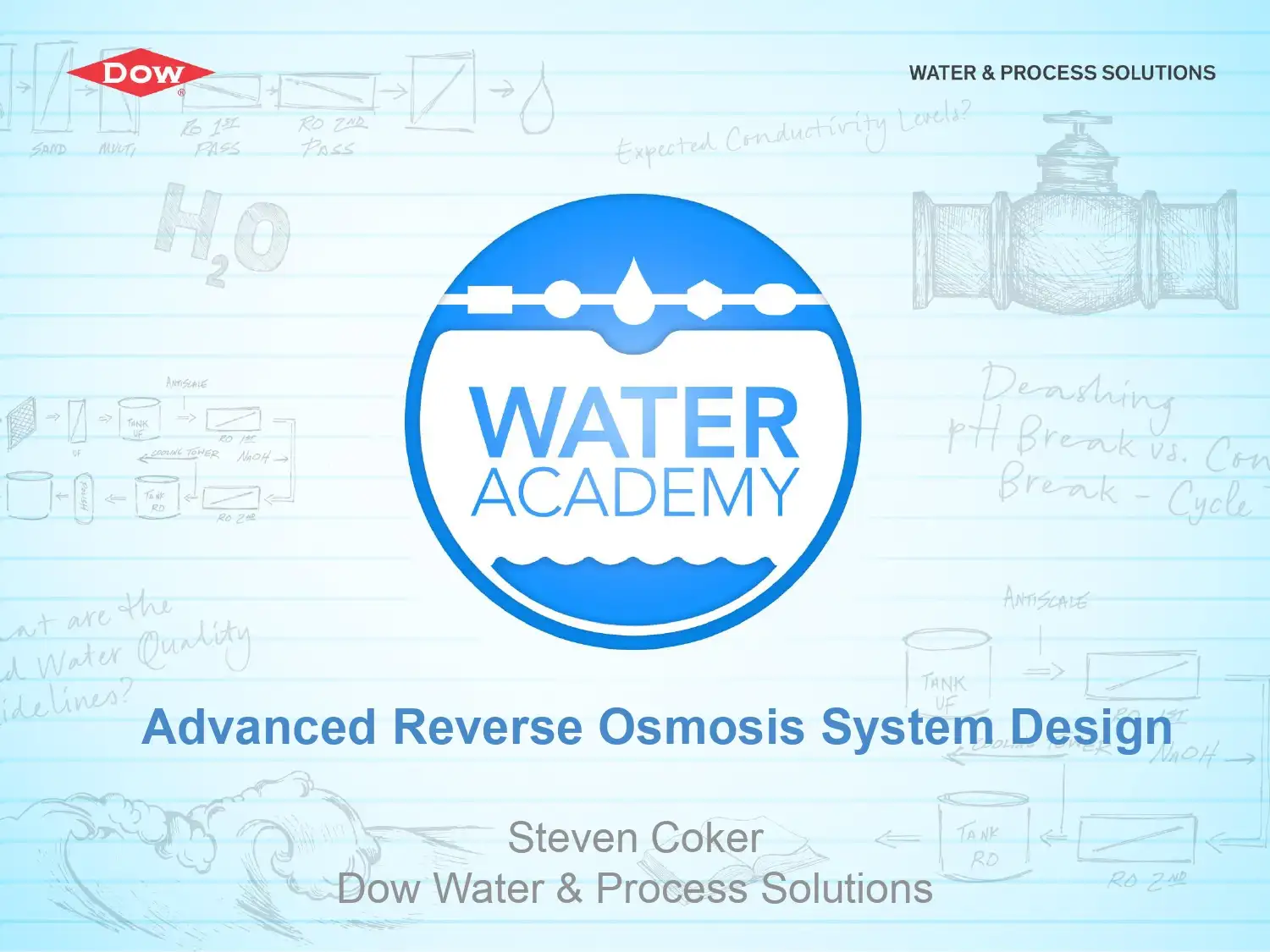


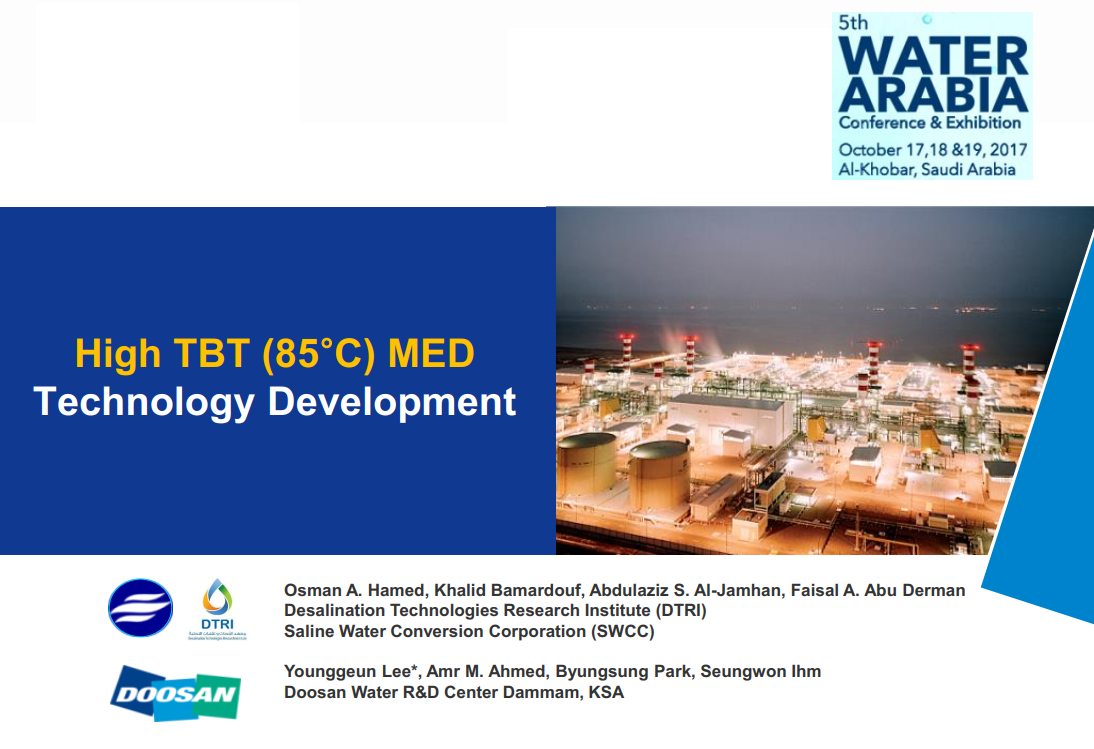


Reviews
There are no reviews yet.